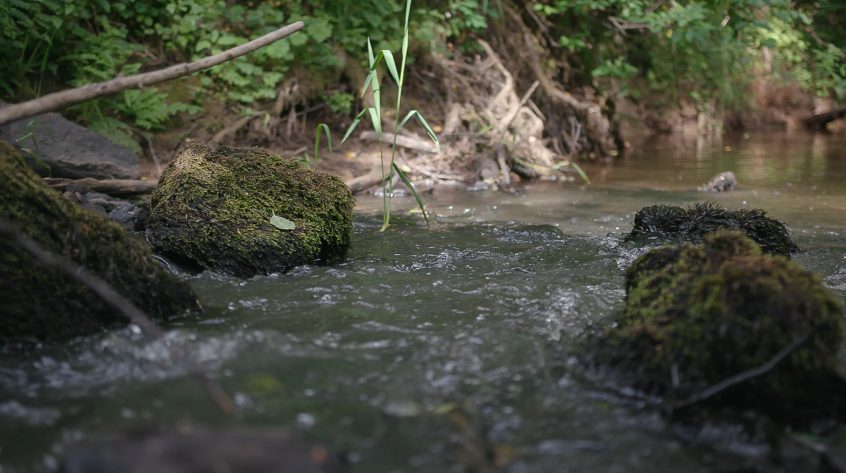The Washington State Legislature marked the 20thanniversary of the passage of House Bill 2091 and companion Senate Bill 5896, more commonly referred to as the Forests & Fish Law, this week. The House Rural Development, Agriculture & Natural Resources Committee began its first full committee meeting of the 2019 legislative session by recognizing the importance of this landmark legislation. Committee Chair Rep.Brian Blake (D-Aberdeen) thanked the numerous stakeholders who helped to change forest practice regulations in an effort to save salmon and invited them to speak.
“We, along with TFW (Timber Fish Wildlife Agreement) partners, have a lot to celebrate,” said Commissioner of Public Lands Hilary Franz. “In those 20 years we have been able to show what can happen when diverse stakeholders come together and realize that they might have differences, but they have much more in common than the differences that separate them.”
An historic law that incorporated scientific data and enjoyed the support of a diverse group of stakeholders, including private forest landowners, the Forests & Fish Law has helped protect 60,000 miles of streams running through 9.3 million acres of state and private forestland. Salmon recovery remains on the minds of lawmakers this legislative session as policymakers, interest groups and lawmakers strive to achieve sustainable salmon populations.
“Salmon are an integral part of Washington’s culture, spirit and identity,” said Mark Doumit, Washington Forest Protection Association Executive Director and a former state legislator. “It is our collective responsibility to protect them, and private forestland owners have stepped up by partnering with tribal and county governments, the state and federal agencies to fix thousands of culverts to protect fish and the environment.”
Former state representative Jim Buck, who along with former state representative Debbie Regala was a primary sponsor the Forests & Fish Law bill in 1999, presented to the committee and shared the historical and environmental significance of the Forests & Fish Law.
When asked by Rep. Debra Lekanoff (D-Bow) what lawmakers can do to support salmon recovery and ensure the state has a “good, clear future for all of our industries and resources to survive together,” Buck urged legislators to read the Forests & Fish Law to understand its intent. The Forests & Fish Law was part of Washington’s statewide strategy to recover salmon and protect all aspects of the salmon’s life cycle. The Forests & Fish Law also has benefited forestland owners and the forestry industry, said Court Stanley, Port Blakely President.
“Forests & Fish really works because it’s based on the all of the stakeholders, us included, working together to solve each other’s problems,” Stanley said. “I’m hopeful with the current leadership and all the stakeholders that we can make the TFW process better than it has ever been.”
As one of the largest and most comprehensive pieces of environmental legislation in the U.S., the Forests & Fish Law is designed to fully comply with both the federal Endangered Species Act and the Clean Water Act to protect Washington’s native fish and aquatic species and assure clean water compliance.
Twenty years of the Forest & Fish Law has resulted in:
- Nearly 53,000 miles of forest road have been inventoried and improved on state and private lands
- Forestland owners removing more than 7,300 fish passage barriers
- Landowners spending $315 million to open up 5,100 miles of fish habitat
- Some 60,000 miles of streams running through 9.3 million acres of state and private forestland protected
- Private and public forest landowners are on track to clear all the fish passage barriers in forested streams by 2021
“We all want the same thing at the end of the day,” said state Department of Ecology director Maia Bellon. “We want clean water. We want abundant salmon and we want a timber industry that is robust, self-sustaining and viable into the future.”
